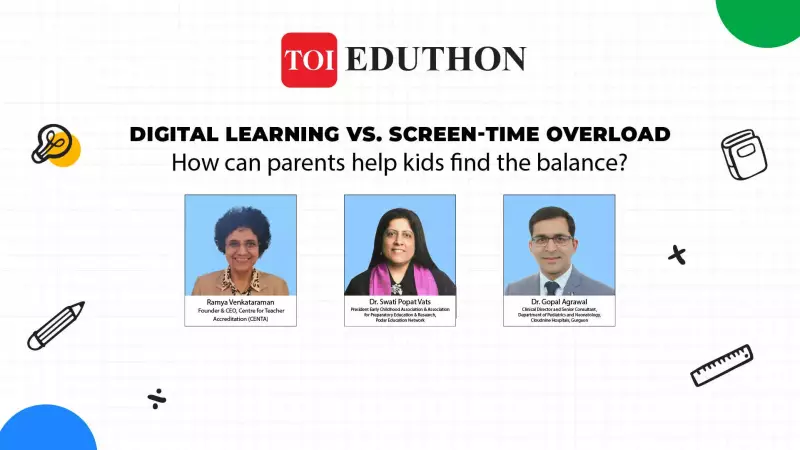
In today's digital era, Indian parents face a challenging dilemma: how to harness the benefits of digital learning while protecting their children from excessive screen exposure. As classrooms shift online and educational apps become commonplace, finding this balance has never been more critical.
The Digital Education Revolution in Indian Households
The pandemic accelerated India's adoption of digital learning, transforming tablets and smartphones into essential educational tools. While this technological shift has made quality education more accessible, it has also raised concerns about children's screen addiction and its impact on their physical and mental well-being.
Practical Strategies for Balanced Screen Usage
Experts recommend several effective approaches to maintain healthy digital habits:
- Structured Schedules: Create clear timetables that distinguish between educational and recreational screen time
- Quality Over Quantity: Focus on the educational value of digital content rather than simply limiting hours
- Physical Activity Breaks: Incorporate regular movement breaks during extended online learning sessions
- Family Screen-Free Zones: Designate specific areas and times where digital devices are not permitted
Recognizing Healthy vs Unhealthy Screen Time
Not all screen time is created equal. Educational apps, interactive learning platforms, and creative tools provide significant cognitive benefits, while passive content consumption and endless scrolling offer little developmental value. The key lies in helping children develop discernment in their digital choices.
The Role of Parents in Digital Mentorship
Rather than simply enforcing restrictions, parents are encouraged to become digital mentors. This involves co-viewing educational content, discussing online experiences, and modeling healthy digital behavior themselves. Open communication about digital safety and responsible internet usage creates a foundation for lifelong healthy habits.
As India continues to embrace digital education, the goal isn't elimination but intelligent integration of technology into children's lives. By implementing these balanced approaches, parents can ensure their children reap the benefits of digital learning while maintaining essential offline experiences and connections.





